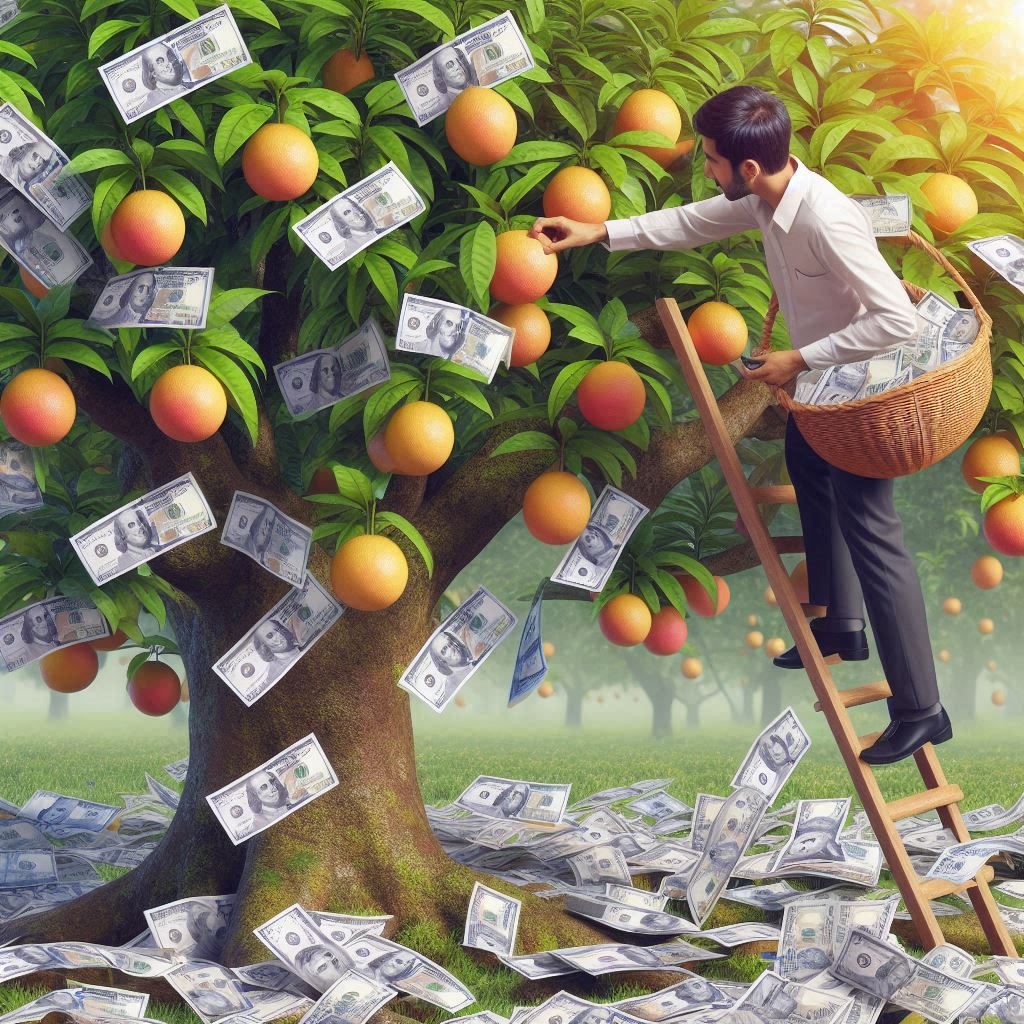Eco Reef Design In Harnessing the Power of Small-Scale Eco Projects for Large-Scale Development In the realm of environmental conservation…
Read More

Eco Reef Design In Harnessing the Power of Small-Scale Eco Projects for Large-Scale Development In the realm of environmental conservation…
Read More
The Environment & Political Labels Of The Idea Of The Leftie In today’s world, caring about the environment has somehow…
Read More
Why We Love Nature But Struggle To Protect It -So Do We Care As Travellers We Love Visiting Nature But…
Read More
Eco-Trendsetter Anyone can be an Eco-Trendsetter—it’s not reserved for celebrities or millionaires. By embracing innovation, advocating for change, and making…
Read More
Man-Made Large-Scale Rivers Constructing Man-Made Large-Scale Rivers is a huge idea and maybe a bit too ambitious for the moment.…
Read More
Is Forest City a failure or ultimate success for Malaysia & the environment
Read More
The Definition Of What Are Sinkholes? For dramatic effect of definition, Imagine standing on solid ground, only to witness the…
Read More
How Environmental Stewardship Drives Prosperity ————————————– Environmental Prosperity In an era marked by climate change, resource scarcity, and growing urbanization,…
Read More
Understanding what is extinction is a hard one as it is so much more than just something gone forever
Read More
Erosion Control and Drainage Creating a thriving garden is both a joy and a challenge. Among the hurdles faced by…
Read More